
Proper preparation is the key to success when you're building a new e-commerce site. You'll want to ensure that you have everything you need to create a top-notch e-commerce experience for your customers. You need to have a checklist that includes all of the aspects of your website that you'll want to address, from button colors to payment processing and the list goes on.
To help you do just that, we've created the ultimate "launch checklist" below that will build a solid foundation for your e-commerce site and avoid pitfalls.
1. Platform Selection & Technology ⬇
2. Website Functionality ⬇
3. Design/UI ⬇
4. Store & Payments ⬇
5. SEO ⬇
6. Security/Performance ⬇
7. Content ⬇
8. Data Backup ⬇
9. Legal ⬇
1. Platform Selection & Technology
Ecommerce platforms are sophisticated and powerful tools that enable businesses to manage their entire operations. With a comprehensive platform, businesses can streamline operations and enhance efficiency.
It is the backbone of any online retail site. Whether you're a B2B or B2C company, it needs to be robust, easy-to-use, scalable, and versatile.
The best eCommerce platform is the one that meets your objectives and deliver an excellent service, not the one that’s the most popular in the market.
- Custom build platform: If you have a specific type of product or need that none of the commercial eCommerce platforms offer, you could always contract someone either internally or externally to develop a custom eCommerce website for your business. While this is a more expensive option, but you have full control over functionality and features.
- Open source platforms: Open source software means that the user has complete access to the source code. They are managed and developed by numerous people around the world.
You don’t incur an upfront cost for developing open source e-commerce platforms. However, you do have to pay for initial development, ongoing development, upgrades and migration.
Magento, Woocommerce, Prestashop, OScommerce etc are considered as some of the best open source e-commerce platforms.
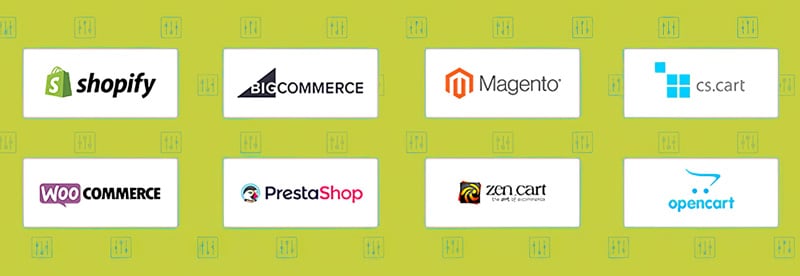
- SaaS platforms: Software-as-a-service (SaaS) is a subscription model for software. Subscribers pay a monthly fee or annual contract to use the software on demand. SaaS platforms are bought and not downloaded by their users—the software is hosted by the third party SaaS provider.
Shopify, Wix, Bigcommerce are considered as some of the best open source e-commerce platforms.
Hosting:
It cant be stressed enough on how important role a great hosting plays in success of any eCommerce website. Considering the size and features required, hosting has to be selected carefully to avoid any hassles in future. Some of the hosting companies you could checkout are Kinsta, WPengine, Godaddy, Siteground etc.
2. Website Functionality
- Make sure the site works on all browsers and devices seamlessly: It’s important for your site to work on all browsers and devices. More than 50% site visitors access your website using mobile phones and tablets, so its absolutely necessary that site should look great on all of them.
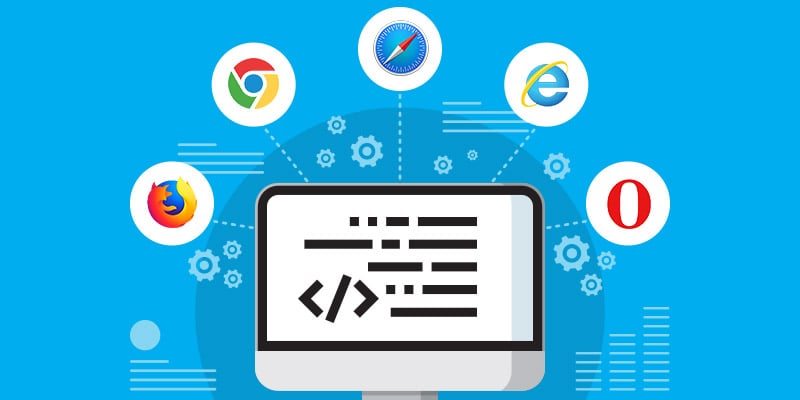
- To ensure form data is captured correctly: Forms are the number one source of traffic and leads for websites, so it’s important that your forms are sending data correctly. It’s important to check that the fields in your form are sending data to the correct email address and proper validation is in place to eliminate spammers.
- Fix broken links: Google has no choice but to drop your site in rankings if google bots hits pages with 404 error. That’s why it’s important to fix broken links or missing images as soon as you see them.
- Registration or Account login buttons that are prominently visible on all pages

- Live Chat: You’ve got to engage your customers. You’ve got to be there waiting for them when they buy something and answer their questions in real time. Don’t you agree? No question is too small, your customers care about how you can answer there queries quickly and educate them about your product. So, you need a live chat in your ecommerce website. This could be further enhanced with a chatbot integration, AI chatbots are available 24/7 to help customers make the most of their engagement with your brand. The bots can answer all of your customers' questions and help them use the site even when you're not around.

- 404 not found pages are implemented correctly: 404 error pages have a big impact on your ecommerce website. Many years ago, it was acceptable to have a generic 404 page, maybe with a few lines of text. Nowadays, customers expect more, as increased competition means that your website has to stand out even when a visitor hits a 404 error.

- All Pages are optimized for speed: Make sure that all the pages are optimized for speed. This is crucial in today’s digital business world, where customers expect a smooth experience from the first visit on. According to a report by Akamai, the average page load time for a standard web page is 3.1 seconds.

- Layout is responsive: When you have a responsive e-commerce website, you have an edge over your competitors who don't. Although a responsive website is must have feature these days there are so many sites which are not optimised for mobiles and thus loose out on search engine rankings.
A recent survey by the Baymard Institute shows that a whopping 39% of shoppers abandoned an online store because the site was not optimized for mobile devices. And that is not the only problem: a poorly optimized ecommerce website can result in a drop in search engine ranking, excessive returns and customer complaints, lost revenue, and more. - Website has a caching strategy: Your website needs to have a robust caching strategy, but importantly have the right one? Caching is the way a website stores files on a visitor's computer. A good caching strategy makes sure that when people visit your site, it loads quickly, with as little waiting as possible. This is a complex subject which can range from just enabling a cache plugin to manually going through each performance factor recommended by google and finetuning it.
- Third party tools (eCommerce software, CRM, marketing extensions) is working well with the website. To ensure API connections are always up and running to facilitate error free data movement between platforms.
3. Design/UI
- Have consistent branding and colors throughout the website: Having consistent design elements spread throughout the website helps overall user experience. Users will know what to expect when they click a link on the homepage, making it easier for them to navigate your website.
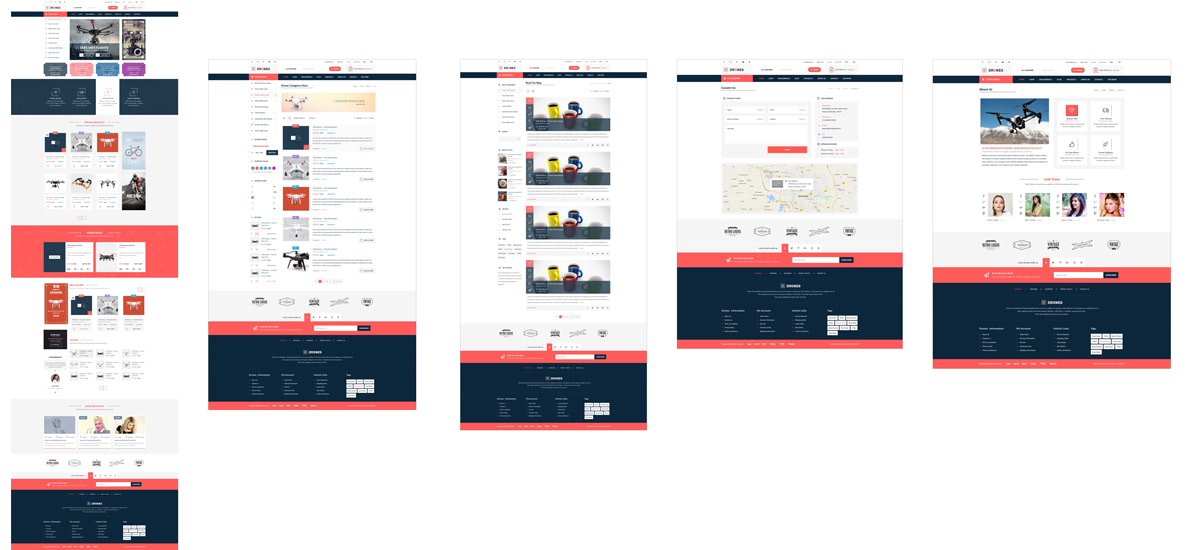
- Aways include a retina version of your logo.
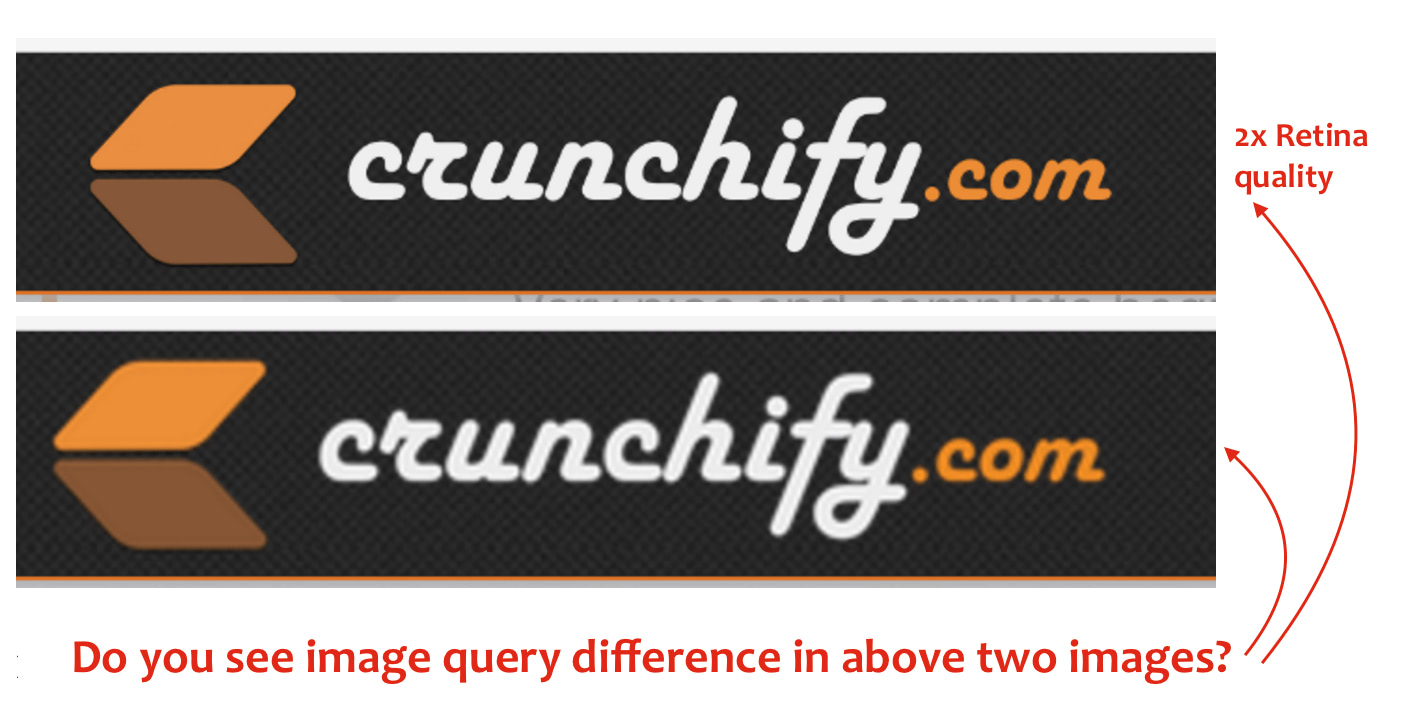
- Consistency in the information flow must be maintained: You need to apply the same design, navigation, and content structure across your website. In addition to that, the customer shouldn't have to search for the information that is important to them. They should be able to find it through navigation, top level menu, or search engine.

- Images, Video & other media display correctly in all the pages.
- Paragraphs align well. Lists are formatted well. Headers (H1, H2, H3) are as per SEO best practices.
- Every page should have a prominent shopping cart icon.
- Make sure to include a search bar at the top of your site so visitors can find what they're looking for easily. Also it is advisable to have autocomplete functionality during search. Provide results for misspelled words and support image searches along with text queries.

- Always have clear, intuitive navigation menus. Apply breadcrumbs on each page to help people find the products or pages they need.

- Contact information should be listed on every page of your website.
- Have appealing product photography: Have a carefully curated selection of photos that tell your story and inspire your customers.

- Provide an easy way to update cart items
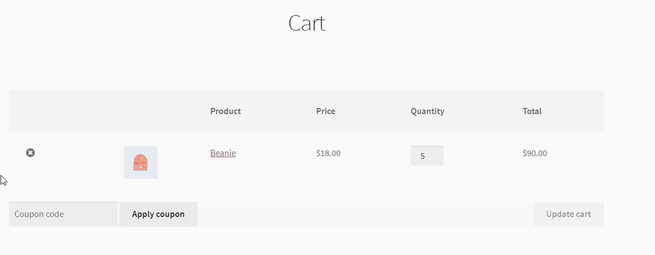
- Have the email signup form show up on every page: Make it easy for visitors to sign up for new content, like email newsletters.
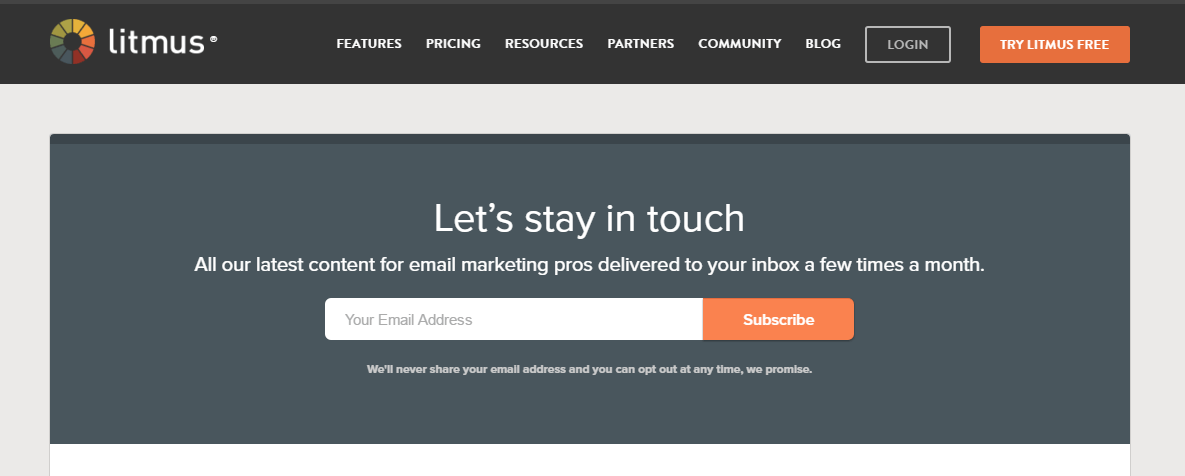
- Social Sharing buttons on product page

- Minimize clutter so the purchase process doesn't look intimidating
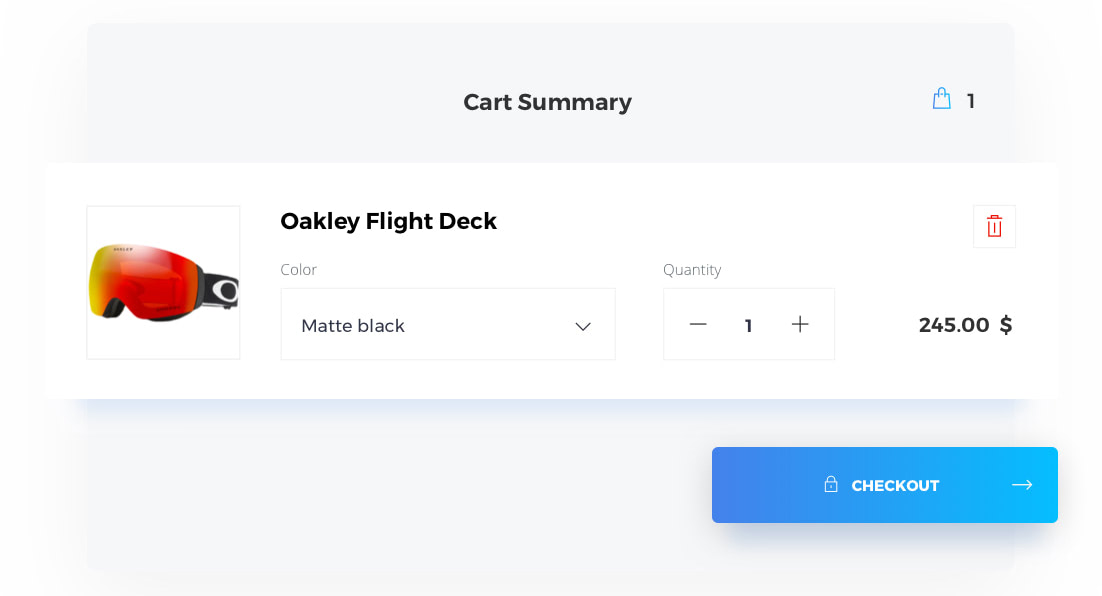
- Thank you page displays after hitting the “submit” button.
- Social media icons are linked to correct pages and work with no problems.
- Company logo is linked to the site's homepage.
- Company contact details are clearly and correctly displayed.
- Font choices look well together.
- Favicon is uploaded.
- Look at creating A/B tests, calls to action (CTAs), and landing pages and see how they affect your conversion.

- If you have a descriptive, SEO-friendly URL, you're ahead of the game. It needs to be easy for Google to crawl, index and find on the web.
4. Store & Payments
- Include “Top selling”, “Featured products” and “Recommended for you" etc. Highlight best sellers or customer favorites.

- Make sure all applicable taxes are entered correctly and you have the correct break down for each tax rate.
- Have a clear inventory management strategy: Optimizing inventory management is critical for success in today's e-commerce market. It makes it easier to know what to do when shortages arise, when to order more stock, how to deal with overstock, how to deal with returned inventory, etc.
- Make sure all transactional emails are sent and received
- Have a follow-up system to keep in touch with customers after they've made a purchase?
- Create a customer dashboard that is easy to understand and navigate. It's important to include all the relevant information about the customer and their purchase history, account settings etc. Links to recent purchases and popular products
- Ensure coupon codes work on your website
- Do product variations work as expected and are show on orders and wherever applicable
- Implement shipping correctly and define rules as per location or order amount: Customers prefer to be charged with cheaper shipping cost. The customer also wants to know the exact shipping cost that he will be paying before placing the order.
- Multicurrency option display: Ensure if currency conversion works and exchange rates are calculated correctly
- Show stock availability on product page
- Show filtering and sorting for both categories and products.
- Have a “Add to wishlist” button: This is a must-have for every ecommerce store, as it allows your visitors to easily keep track of the items they like. This will help you build trust with your visitors, as well as boost your sales as more people will be likely to purchase if they see items of interest to them.
- Product photos from different angles
- Add video demonstrations

- Show estimated delivery time and delivery options
- Use tabs for products that have a lot of detail
- Display customer reviews or testimonials
- Show all fees upfront
- Break up the order process into steps if possible
- Links to the most popular products
- Display any specials, promotions or free shipping options
- Have a store finder if necessary
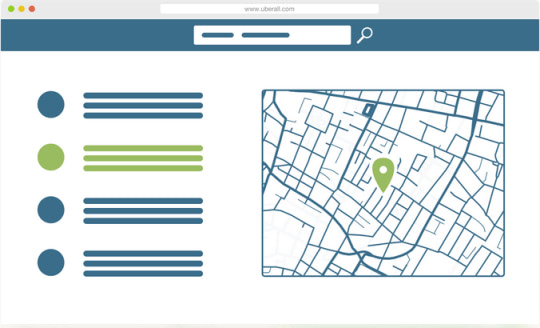
- Available sizes and a sizing guide if needed
- A comments section so people can discuss the ecommerce product
- A currency converter if needed
- An area to sign up for notifications when a product becomes available
- Make sure the product pages load up just as fast as your homepage
Consider all modes of payment you want to include like:
- Credit/Debit Card
- Cash on delivery
- Paypal
- Bitcoin
- Samsung pay/Apple pay/G pay
![]()
Carefully choose the right payment gateway that matches your budget and features you are looking for:
- Study the pricing.
- Ensure your product type is permitted by the provider.
- Make sure a vendor supports necessary payment methods and multiple-currencies.
- Consider merchant account options.

For an indepth comparison and how to choose the right payment gateway provider. Checkout our article "How to choose the right payment gateway provider in the region" (Coming soon)

4. SEO
- The metadata is complete, ready for the social sharing.
- Metadata is free from typos and grammar mistakes.
- Unique meta descriptions are added in each page (140 characters or less).
- Pages are titled to match the content (55 words or less).
- Website has a dynamic XML sitemap and submitted to major search engines: Every business that is online needs to have an XML sitemap. An XML sitemap is simply a file that contains a list of all the pages on your website. The XML sitemap is then provided to the major search engines, like Google (www.google.com), Yahoo (www.yahoo.com) and MSN (www.msn.com) to help them index your website, and, in turn, rank your website higher in their search results for whatever keywords your site is optimized for.
- URLs effectively show the website's information architecture
- Old URLs are redirected to 301 pages or 410 deleted.
- Rel=”noindex” is added on the right pages.
- Make sure you do not have any copywriting violations with the content you have added to the site
- Images have appropriate alt texts.
- Ensure analytics tracking codes, pixel codes are working correctly
5. Security/Performance
- Set up Firewall: Firewall protects against a number of common web-based attacks as well as a large amount of attacks specifically targeted through brute force methods
- Always have Strong passwords

- Setup a spam filter mechanism to avoid spam comments which can sometimes include hidden codes aimed at gaining access to website when executed.
- Regular backups: One of the most important factors that you have to consider during every stage of website development and it should continue with post website launch as well. You have to be always prepared to restore website efficiently and with the least disruption.
- Updates/Patches: Always ensure website modules/plugins are updated to the latest stable versions. If you are using a open source CRM, frequent security patches are released to block loop holes. Always ensure these patches are applied when available.
- Security badges: Show security badges from trusted security audit organisations to gain customers trust.
- Include security certificates and reminders that the transactions are safe throughout the website
- Ensure application codes are validated.
- Website has a caching strategy.
- Website has been tested for loading time.
- Page resources download one at a time.
- Script execution is paused when page is downloading.
6. Content
- Grammar issues are fixed. Proper capitalization is used. Lists are formatted well. Paragraphs align well.
- The right voice/tone is used.
- Headers (H1, H2, H3) are in their rightful places.
- Consistency in the flow is implemented.
- Remove unnecessary/demo data throughout the website as this will get indexed in search engines.
7. Data Backup
Data loss can be one of the most troublesome things for a website owner. The good news is that you can always prevent data loss by following a few simple steps.
- Ensure uptime monitoring scripts are in place which run 24/7
- A backup copy of the final website is secured and if possible stored in multiple locations ie local and cloud copy
- Regular backup schedules are set automatically.
- Passwords and other credentials are backedup securely.
8. Legal
- Links to Legal information, Privacy policy, Contact Page, Returns, FAQ & supplier information pages are available.
- Copyright details are indicated visibly on the pages.
- Links to any external sources are included.
And if you've completed this list, congratulations – you're ready to launch your site now!





